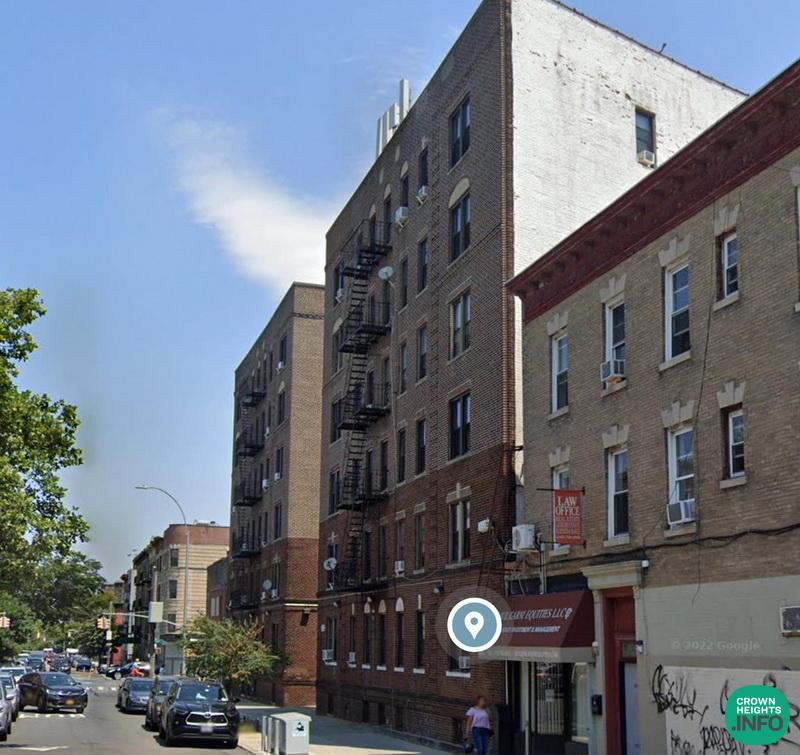
Crown Heights History: The Intriguing Corner of Albany and Saint Johns
This series on The History of Crown Heights has been compiled by Instagram account @historyofcrownheights, run by a born and raised Crown Heightser, and shows some of the ongoing research taking place.
281 Albany Ave:
Originally a single-family home. Today, it houses an alternative learning center that is beloved by its students. The downstairs area used to be home to various stores, including a candy store in 1922. In 1939, Rabbi Tepfer announced the renovation of the top floor to be used as an event space. In the 1960s, it became the Crown Heights community center, where notable figures like Al Sharpton worked under Mr. Gorodetsky. This association may have contributed to Sharpton’s later strained relationship with the Crown Heights Jewish community. Leibel Alevsky later established a separate community center for Crown Heights South.
283 Albany Ave:
Built in 1915 by William Brant, 283 Albany Ave was the site of the New Albany Theater. The first floor hosted the movie theater, while the second floor served as a meeting hall. In 1922, it became a regular gathering place for the Albany Heights Republican Club. There was a court case in 1915 about overcrowding, with claims that the theater was oversold by 80 people!
In 1924, there was a legal controversy involving the building. L.G. Goldberg, president of the Brooklyn Jewish Modern Orthodox Centre, was found in contempt of court for violating an injunction that prohibited gatherings on the second floor of the synagogue due to fire safety.The theater on the ground floor faced possible closure. The judge threaten the rabbi with jail time, if he violated the injunction to which the rabbis lawyer objected “Why put an old man in jail” and he was yelled at by the judge in front of the whole courtroom.
The architectural style of the new building built in the 1940s reflects the post subway building style of the 1920s. In the Birds Eye view you’ll notice the right side in built on an angle due to its position at the edge of the Brackward farm. This angle reflects the shape of farms in the area before development and can be seen in other nearby properties. The edge of this farm makes certain backyards bigger or smaller based on the property line.















